
Nutritionists believe that a healthy menu should include five basic food groups:
- vegetables and legumes
- fruit
- grains and cereals
- lean meat, poultry, fish, eggs, cheese, nuts, seeds
- milk, cheese, yogurt
Vegetables
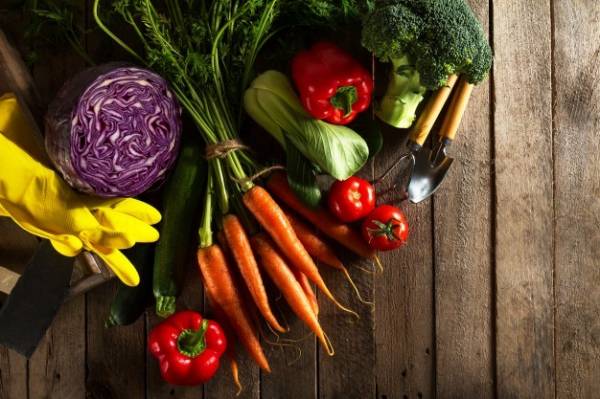
Photo: valeria_aksakova / Freepik
Vegetables and legumes contain vitamins, minerals and fiber.
How to derive maximum benefit from vegetables:
Choose vegetables in season and try to combine on the plate as many different colors:
- green: beans, peas and broccoli;
- red, orange or yellow peppers, tomatoes, carrots, sweet potatoes and pumpkin;
- purple: red cabbage and eggplant;
- white: cauliflower, mushrooms and potatoes.
Despite the fact that many vegetables are best eaten raw, some are healthier when cooked.
How many vegetables should be consumed
Serving size: 1/2 Cup cooked or 1 Cup raw vegetables.
Vegetables are advisable to have for lunch or dinner. If you submit the cherry tomatoes, snow peas, green beans, red pepper, celery and carrot sticks with hummus make a great snack.
Fruit
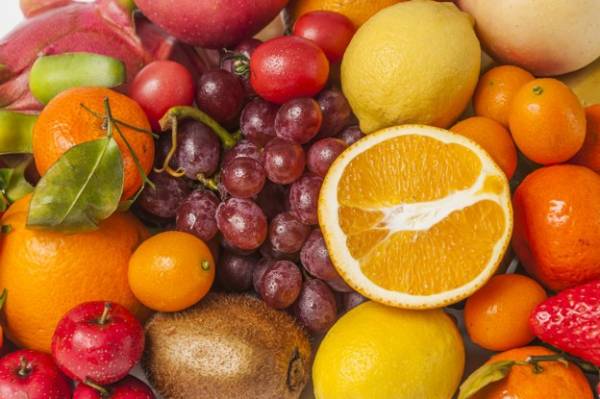
Photo: 4045 / Freepik
Fresh fruits are a good source of vitamins and fiber.
How many fruits should be consumed
- children 2 to 3 years – 1 piece per day;
- children 4 to 8 years – 1 ½ pieces per day;
- adults and children over 9 years – 2 pieces a day.
If you want to cook fresh, ½ Cup of fresh juice a day would be sufficient. Drink it through a straw to avoid damaging tooth enamel.
Grains and cereals
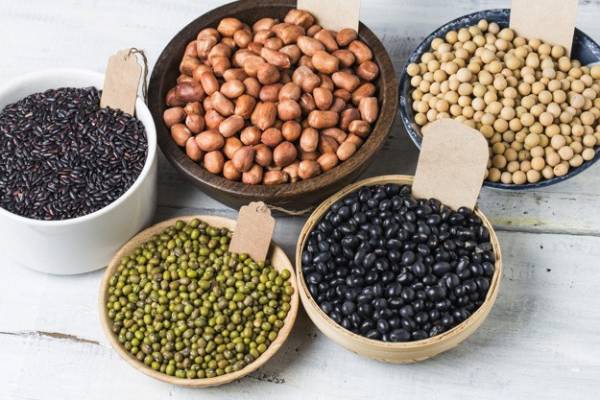
Grain products include oatmeal, brown rice, wheat flour, whole wheat bread, barley, buckwheat, and muesli. They contain protein, fiber, minerals and vitamins.
How much grain can be consumed
- children 2 to 8 years – 4 servings per day;
- teenagers from 14 to 18 years – 7 servings per day;
- adults – 6-7 servings per day depending on activity.
Serving size: 1 slice of bread or 1/2 Cup cooked rice, oats, pasta or other grains, or 30 g granola.
Lean meat, poultry, fish, eggs, beans, cheese, nuts and seeds

Photo: dashu83 / Freepik
These products provide the body with protein, minerals and vitamins. Beans, nuts and seeds also contain dietary fiber.
How much protein can be consumed
- children 2 to 3 years – 1 serving per day;
- children 4 to 8 years – 1½ servings per day;
- women and children older than 9 years – 2 to 3 servings per day;
- men aged 19 to 50 years – 3 servings per day.
Serving size: 65 g cooked red meat or 80 g poultry or 100 g of fish or 2 eggs or 1 Cup legumes or 170g tofu or 30g nuts, seeds or paste (peanut butter or tahini).
Adults should eat no more than 500g red meat per week. There is evidence that those who exceed the norm are at increased risk of developing bowel cancer.
Milk, cheese, yogurt
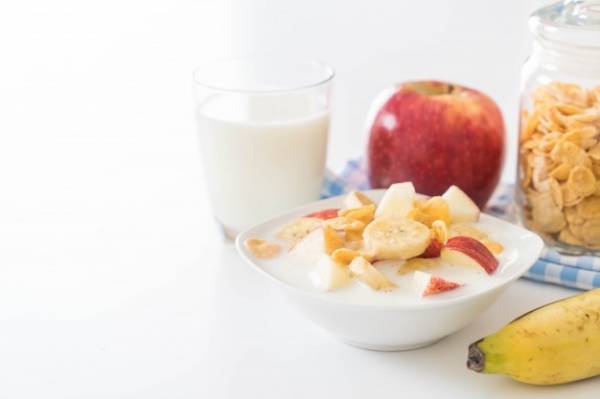
Photo: topntp26 / Freepik
Milk gives you protein, vitamins and calcium. Soy beverages with added calcium can be used as a substitute for milk for children older than 1 year.
How many dairy products should be consumed
- children 2 to 3 years 1½ servings a day;
- children 4 to 8 years – 1½ servings (girls) or 2 servings (males) per day;
- children 9 to 11 years – 2½ servings (boys) or 3 servings (girls) per day;
- teenagers from 12 to 18 years – 3-5 servings per day;
- adults – 2½ servings per day.
Serving size: 1 Cup milk or 2 slices cheese or 200g of yoghurt.
In addition to milk, the perfect drink for the children is clean water.
Foods that should be excluded from the diet:
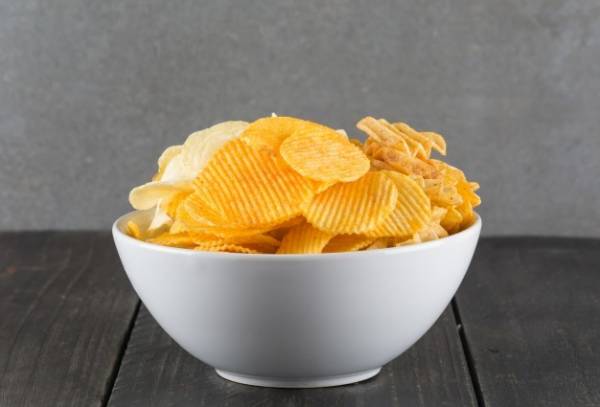
Photo: topntp26 / Freepik
- cookies
- burgers
- ice cream
- fruit ice
- sweet drinks
- sports and energy drinks
- candies and sweets
- processed meats
- potato chips
- salty snacks
- fast food
- fried foods
- alcohol
These foods and drinks contain excess calories, saturated fat, sugar or salt, and do not bring the body to no avail.
SEE ALSO
- Five reasons to include in your diet pears






